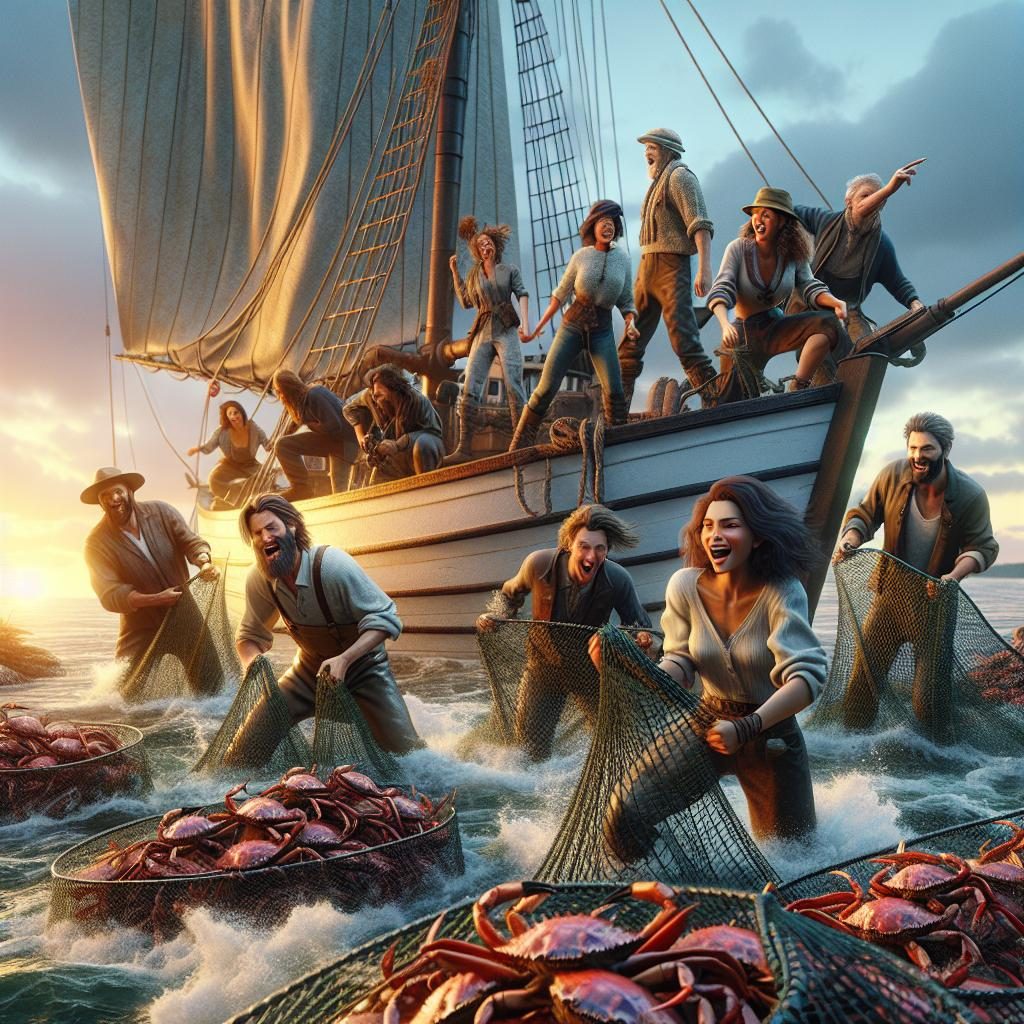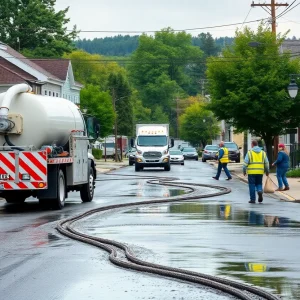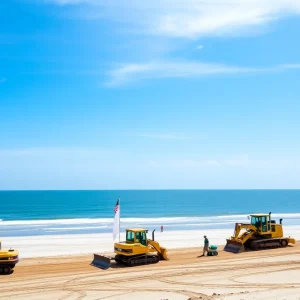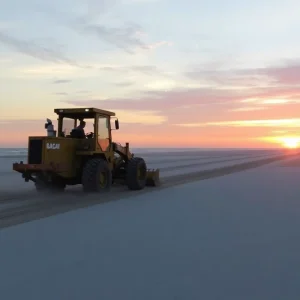Racing Across the Morgan River: The Life of a Lowcountry Crabber
On a lovely, muggy 71-degree morning, the calm waters of the Morgan River are disturbed by the roar of a 22-foot boat as it slices through the glassy surface. This is the scene unfolding in Beaufort, where local crab fisherman Brett Everett and his crew, William Beveride and “Lucky” Alewine, embark on an adventure that is anything but leisurely. Today isn’t about enjoying the sunshine and gentle waves; it’s about bringing in a catch of Atlantic blue crabs, a prized delicacy in the Lowcountry region.
The Quest for Blue Crabs
As the boat glides deeper into the salt marshes, the crew gets ready for a strenuous day ahead. Each member is aware that they will be sweating and grunting, pulling up metal cages from below the surface. The blue crab is renowned for its sweet flavor and striking blue claws, making it a highly sought-after catch along the East Coast. But don’t be fooled by their heavenly taste; crabs can be quite aggressive. “They’re a delicacy,” Brett laughs, “but they’re mean as hell.”
South Carolina’s coastal ecosystem, rich with salt marshes, is the perfect sanctuary for the blue crab, which thrives on a diet of oysters, clams, and snails. It’s a wild setup where the crabs hide among the smooth cordgrass, ready to ambush unsuspecting prey. Additionally, as crabs navigate their environment, they risk becoming food themselves for hungry fish and birds—or for dedicated crabbers like Everett.
A Cultural and Economic Staple
“It’s a very important fishery, economically speaking, but also culturally,” says Ben Dyar, director of the South Carolina Department of Natural Resources’ Office of Fisheries Management. Each year, fishermen like Everett harvest approximately 3 million pounds of blue crab from South Carolina’s waters. This makes it the state’s third-largest fishery, trailing only shrimp and finfish. However, the industry is facing significant changes as the state government steps in to regulate practices that have been largely unmonitored.
After years of declining numbers and a lack of regulations, the upcoming 2024 legislation has decided to impose licensing and pot restrictions on both commercial and recreational crabbers. For seasoned fishermen like Everett, this is worrisome. He has built his business, Rusty Crabs, from the ground up with plenty of hard work and determination. With four boats now checking about 200 pots daily, he’s anxious that the new laws may push him to sell off some of his vessels or divert them to other fisheries.
The Craft of Crabbing
Everett’s journey into the crab fishing world began in 1995 when he first obtained a commercial fishing license. His first day out yielded a profit equivalent to two weeks of work in a grocery store. Ever since, he has honed his craft—everything from building traps to catching bait—to make his business a success. He markets his catch directly to customers online, which he asserts has been pivotal for his business survival.
As the day progresses, Everett and his crew pull pots filled with smelly bait fish that are strategically placed on muddy creek bottoms to attract crabs. The thrill builds among the crew as they approach the first set of pots, eager to see what treasures await. “Smells like money,” Beveride exclaims excitedly. The camaraderie and anticipation are palpable as they prepare for a long day ahead.
The Work Behind the Catch
The crew’s day starts before sunrise, with the sounds of roosters crowing echoing as they load up at Everett’s St. Helena Island home. Beveride, who lost his job as a motorcycle technician, found satisfaction working full-time for Rusty Crabs. “I’d much rather be out on the water,” he shares, emphasizing the appeal of a life spent amid nature rather than in bustling shops.
In total, the crew works for six to seven hours under the sun, wresting crab pots from the water, sorting through catches, and loading pots with bait fish again, thus repeating the cycle. Everett estimates that while business is slower at the moment, it will pick up once crab season in Maryland begins to close, offering them a chance to fill the market demands.
Challenges and Changes Ahead
Even with hard-won successes, challenges lie ahead. The SCDNR notes that since the late 1990s, blue crab populations have faced significant declines, which has triggered new regulations aimed at protecting the fishery. Moving forward, the state will cap both commercial and recreational pots, and existing commercial crabbers must provide proof of their catch.
As the sun sets and the day winds down, crew members at Rusty Crabs clean up, each action steeped in the pride of their hard work. Back at home base, baskets of fresh crab are unloaded and ready for eager customers awaiting their taste of the Lowcountry’s seafood bounty.
Later on, to celebrate the day’s hard work, Everett fires up a steam pot filled with crabs, covering them with seasoning that wafts through the air. With smiles around the table, the crew happily digs into their savory catch, marveling at the journey from marsh to meal. Indeed, crabbing is more than just a job; it’s a way of life deeply rooted in the culture and economy of this beautiful region.

























